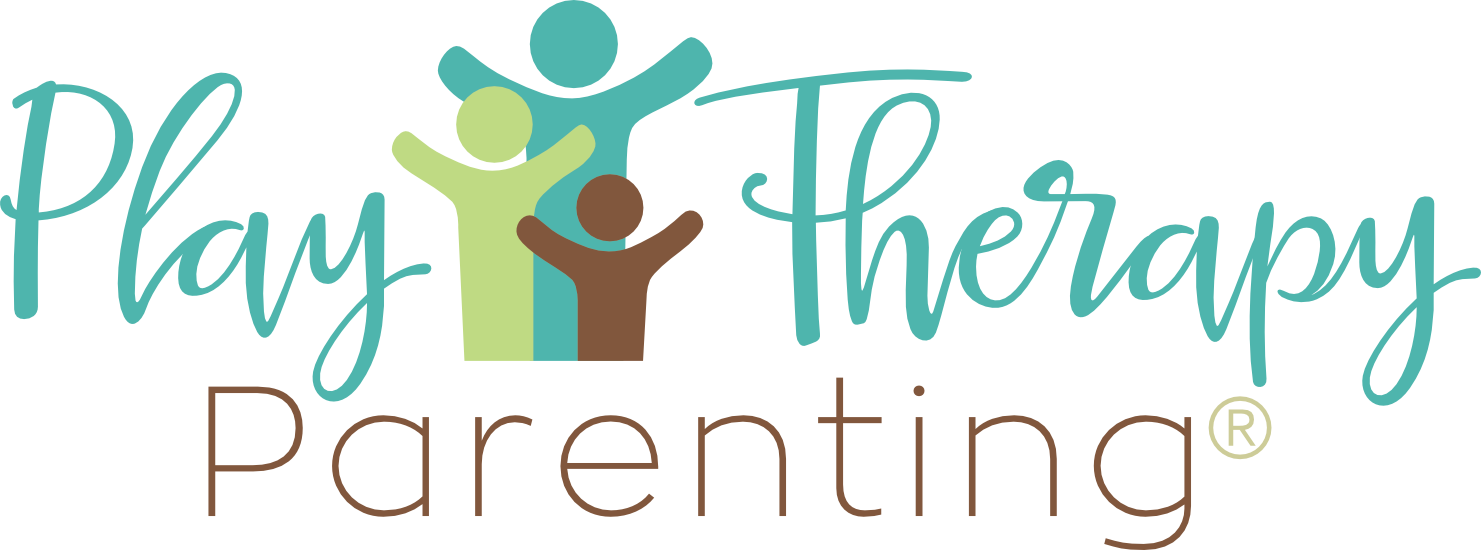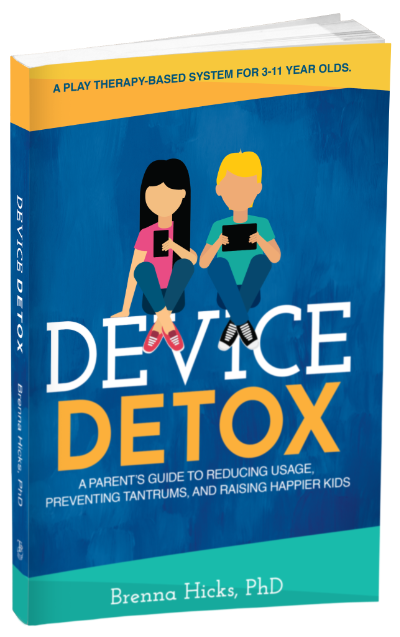S3E12 – Parent Companion for Play Therapy: Moving Toward the Middle-How Parent and Child Growth Connect
I use two simple illustrations — converging paths and the legal scales of justice — to show how families adjust as one member changes. When a child becomes the “change agent” through play therapy, it shifts the balance for everyone. The key is whether parents resist that shift or join their child in it. When parents also make changes, outcomes improve and relationships strengthen. This episode helps parents understand that therapy isn’t about “fixing” a child — it’s about everyone growing together.
Ask Me Questions: Call (813) 812-5525, or email: [email protected]
My Book: Device Detox: A Parent’s Guide To Reducing Usage, Preventing Tantrums, And Raising Happier Kids – https://a.co/d/bThnKH9
Podcast HQ: https://www.playtherapyparenting.com/
My Newsletter Signup: https://www.playtherapyparenting.com/newsletter/
My Podcast Partner, Gabb Wireless: https://www.playtherapyparenting.com/gabb/
When Parents and Children Converge: Growing Together Through Play Therapy
In this Parent Companion for Play Therapy post, I want to talk about what happens when a child begins play therapy — and how that growth affects everyone in the family.
When a child changes, it doesn’t happen in isolation. Change in one person naturally forces change in others. As your child grows through therapy — learning regulation, emotional vocabulary, and self-control — they start moving toward a healthier middle ground. But there comes a point when they can’t move any further on their own. That’s when parents have to begin moving too.
The Converging Path
I often picture this like two people walking toward each other. The child starts from one side, and the parent from the other. Through play therapy, the child is learning, growing, and moving toward connection. But at some point, they’ll reach the limit of what they can do alone. When parents begin their own growth — by changing responses, listening differently, and prioritizing relationship — they meet their child in the middle.
That meeting point is where real healing and connection happen.
The Scale of Change
Another way to think about it is like the scales of justice — two sides connected by a balance point. When one side changes, the other must adjust. As the “identified client,” the child becomes the change agent. Their growth tips the scale and naturally requires everyone else in the family to recalibrate.
If parents fight the change, it becomes harder for everyone. But when parents embrace it and grow too, the family reaches a new, healthier balance.
Final Thoughts
Child-centered play therapy works even if nothing else in a child’s environment changes — but it works best when parents change too. Growth is easier, faster, and longer lasting when everyone moves toward the same middle ground.
Play therapy isn’t about fixing a child. It’s about families growing together.

